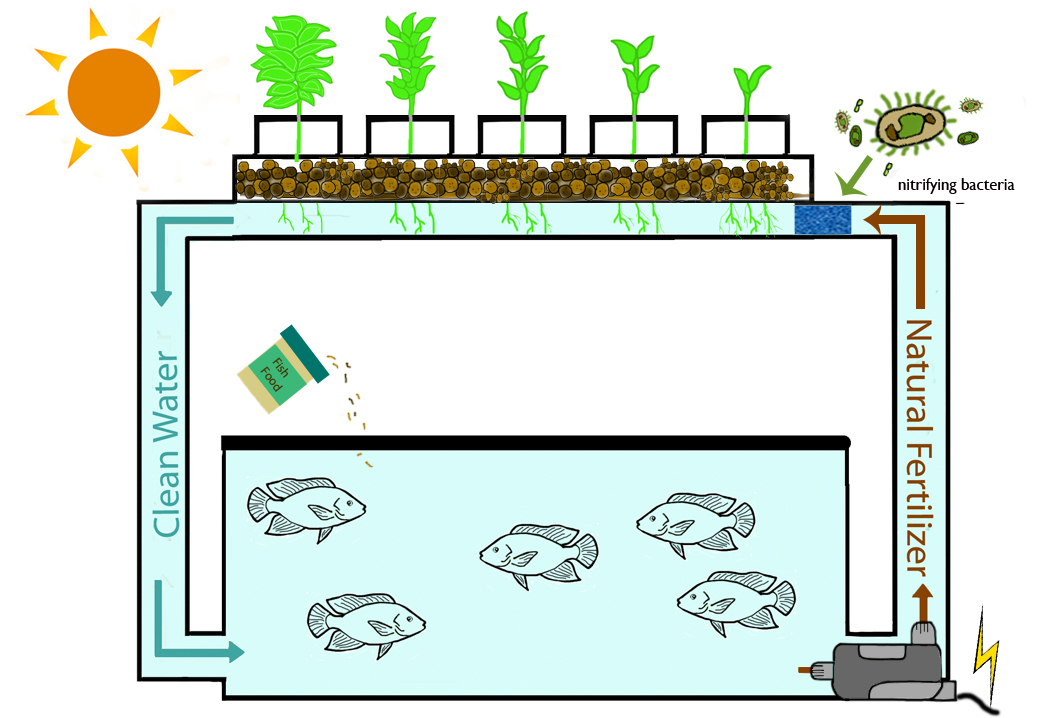Question 1A. Aquaponics is a system that exhibits effective complexity. It is in fact a very simple symbiotic system that mimics a natural waterway where plants can live off of the nutrient rich water that a fish tank produces. In this sense, it is highly ordered since the the stream of energy transfer is strictly from fish food to fish and then to the plant. On the other hand, it is also highly disordered because on a molecular level, the ran formation of energy happens ver organically and it's very hard say how energy is exactly being transported to a new place.

Question 1B. I would like to say a few words on the problem of authorship here. The example that the article refers to in the second last paragraph of this section really brings me back to an other probable that I have been thinking of recently regarding the popular recommendation engine that is now omnipresent on the internet. Similarly in that case, if the engines suggest you things that you might like, how do we make sure that the results are truly derived correctly from your personal preferences? Even if you do end up liking the suggestions, how ca new know it is not a confirmation bias in the sense that "Since the powerful machine that I believed in suggested that I would like these things thus I must have a higher chance of actually liking it". Here, regarding the authorship of the generative art work, we face the same dilemma once the system becomes highly intelligent. I think if we, as the creator of the systems that generate art work, believe that we still posses full control over the system and we know exactly how the magic is done, then we still have full ownership over the work. However, on the other hand, if the work is truly accidental then the ownership becomes more of a problem.